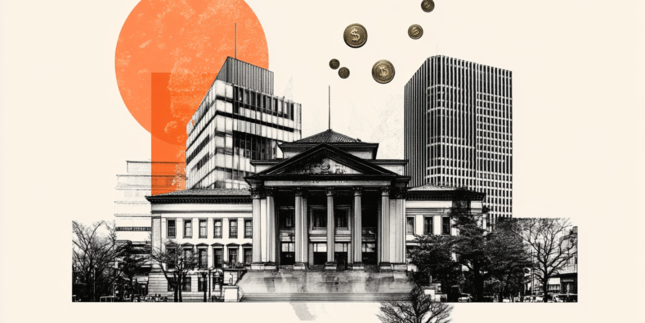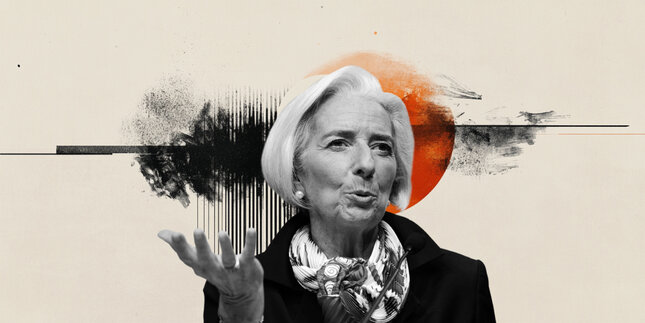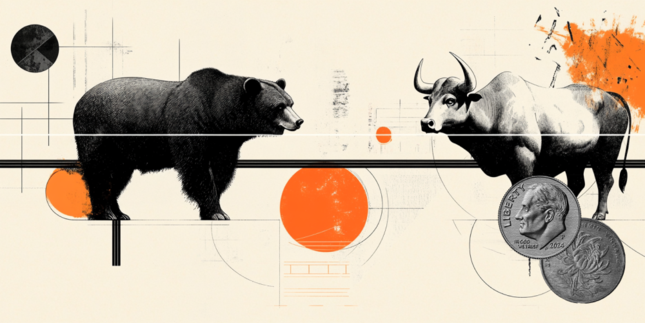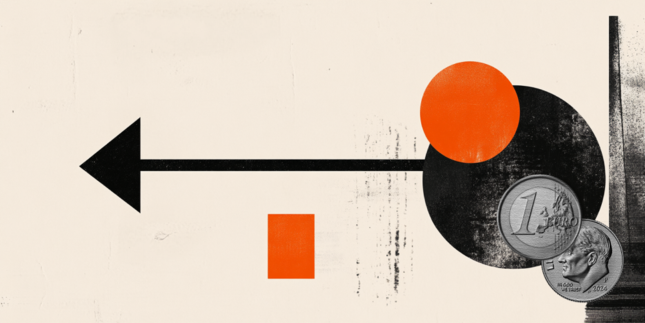Forex Today: Japanese Yen rises on BoJ hike, attention turns to PMI reports
Here is what you need to know on Friday, January 24:
The Japanese Yen (JPY) gathers strength against its major rivals early Friday following the Bank of Japan's (BoJ) decision to raise the policy rate by 25 basis points. Later in the day preliminary January Manufacturing and Services PMI data for Germany, the Eurozone, the UK and the US will be watched closely by market participants.
Japanese Yen PRICE Today
The table below shows the percentage change of Japanese Yen (JPY) against listed major currencies today. Japanese Yen was the strongest against the US Dollar.
| USD | EUR | GBP | JPY | CAD | AUD | NZD | CHF | |
|---|---|---|---|---|---|---|---|---|
| USD | -0.46% | -0.48% | -0.77% | -0.34% | -0.68% | -0.75% | -0.32% | |
| EUR | 0.46% | -0.02% | -0.23% | 0.13% | -0.21% | -0.28% | 0.14% | |
| GBP | 0.48% | 0.02% | -0.21% | 0.14% | -0.19% | -0.27% | 0.16% | |
| JPY | 0.77% | 0.23% | 0.21% | 0.34% | -0.01% | -0.08% | 0.35% | |
| CAD | 0.34% | -0.13% | -0.14% | -0.34% | -0.34% | -0.41% | 0.02% | |
| AUD | 0.68% | 0.21% | 0.19% | 0.00% | 0.34% | -0.07% | 0.32% | |
| NZD | 0.75% | 0.28% | 0.27% | 0.08% | 0.41% | 0.07% | 0.42% | |
| CHF | 0.32% | -0.14% | -0.16% | -0.35% | -0.02% | -0.32% | -0.42% |
The heat map shows percentage changes of major currencies against each other. The base currency is picked from the left column, while the quote currency is picked from the top row. For example, if you pick the Japanese Yen from the left column and move along the horizontal line to the US Dollar, the percentage change displayed in the box will represent JPY (base)/USD (quote).
Following its first policy meeting of the year, the BoJ announced that it hiked the short-term rate target by 25 bps from 0.15%- 0.25% to 0.40%- 0.50%. In the policy statement, the BoJ noted Japan's economy is recovering moderately, albeit with some weakness, and added that the underlying inflation is gradually heightening toward the BoJ's target.
In the post-meeting press conference, BoJ Governor Kazuo Ueda noted that the impact of foreign exchange rates on prices has become larger than in the past. "We will keep adjusting the degree of easing if our economic, price outlook is to be realised," Ueda reiterated.
After closing in negative territory, USD/JPY stays under bearish pressure and trades near 155.00 in the early European session. Reflecting the broad-based JPY Strength, EUR/JPY and GBP/JPY pairs both trade marginally lower on the day.
While speaking during the World Economic Forum hosted in Davos, Switzerland, on Thursday, US President Donald Trump noted that EU tariffs were making it very difficult to bring products into Europe and reiterated that tariffs on imports from Canada and Mexico will begin on February 1. Early Friday, Trump spoke again, this time noting that he would rather not have to use tariffs on China but called tariffs a "tremendous power." The US Dollar (USD) struggles to find demand early Friday. At the time of press, the USD Index was down 0.4% on the day near 107.70.
EUR/USD gains traction in the European morning on Friday and trades above 1.0450. Later in the session, European Central Bank President Christine Lagarde will participate in Stakeholder Dialogue 'The global economic outlook' during the World Economic Forum.
After posting modest gains on Thursday, GBP/USD gathers bullish momentum early Friday and trades at a fresh two-week high above 1.2400.
Following Thursday's choppy action, Gold extends its weekly rally early Friday and trades above $2,770 for the first time since late October, when it set a record high of $2,790.
Central banks FAQs
Central Banks have a key mandate which is making sure that there is price stability in a country or region. Economies are constantly facing inflation or deflation when prices for certain goods and services are fluctuating. Constant rising prices for the same goods means inflation, constant lowered prices for the same goods means deflation. It is the task of the central bank to keep the demand in line by tweaking its policy rate. For the biggest central banks like the US Federal Reserve (Fed), the European Central Bank (ECB) or the Bank of England (BoE), the mandate is to keep inflation close to 2%.
A central bank has one important tool at its disposal to get inflation higher or lower, and that is by tweaking its benchmark policy rate, commonly known as interest rate. On pre-communicated moments, the central bank will issue a statement with its policy rate and provide additional reasoning on why it is either remaining or changing (cutting or hiking) it. Local banks will adjust their savings and lending rates accordingly, which in turn will make it either harder or easier for people to earn on their savings or for companies to take out loans and make investments in their businesses. When the central bank hikes interest rates substantially, this is called monetary tightening. When it is cutting its benchmark rate, it is called monetary easing.
A central bank is often politically independent. Members of the central bank policy board are passing through a series of panels and hearings before being appointed to a policy board seat. Each member in that board often has a certain conviction on how the central bank should control inflation and the subsequent monetary policy. Members that want a very loose monetary policy, with low rates and cheap lending, to boost the economy substantially while being content to see inflation slightly above 2%, are called ‘doves’. Members that rather want to see higher rates to reward savings and want to keep a lit on inflation at all time are called ‘hawks’ and will not rest until inflation is at or just below 2%.
Normally, there is a chairman or president who leads each meeting, needs to create a consensus between the hawks or doves and has his or her final say when it would come down to a vote split to avoid a 50-50 tie on whether the current policy should be adjusted. The chairman will deliver speeches which often can be followed live, where the current monetary stance and outlook is being communicated. A central bank will try to push forward its monetary policy without triggering violent swings in rates, equities, or its currency. All members of the central bank will channel their stance toward the markets in advance of a policy meeting event. A few days before a policy meeting takes place until the new policy has been communicated, members are forbidden to talk publicly. This is called the blackout period.
Forex News
Keep up with the financial markets, know what's happening and what is affecting the markets with our latest market updates. Analyze market movers, trends and build your trading strategies accordingly.




















